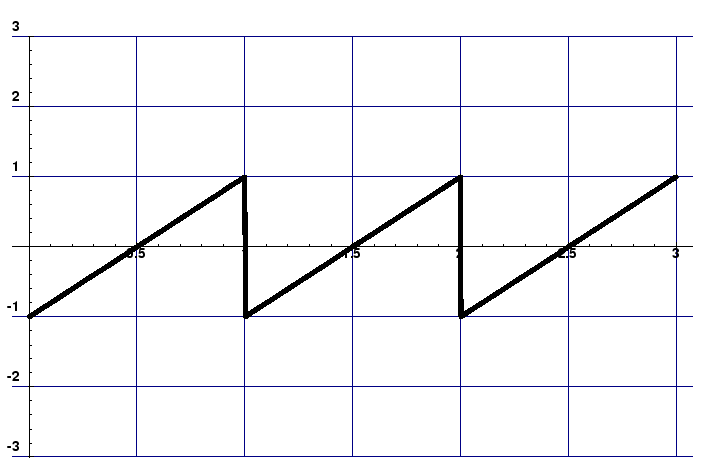Math 4111
Test 4
Spring 1996
No books, notes etc. are permitted.
Show all your work! Box in your answers!
The test has 6 problems and one extra-credit problem on 4 pages.
Read the problems carefully!
Problem 1 (20 points)
Let
f(
x)=2
x3+3
x2-36
x +7
.
- 1.
- Find all local extrema of the function f algebraically, and classify them as local minima and local maxima.
- 2.
- Find the global maximum and the global minimum for f on the interval [-3,5].
- 3.
- Find all inflection points for f algebraically.
Problem 2 (15 points)
Let f(
x)
be a function with positive values. Set

- 1.
- If f is increasing in an interval around x0, what can you say about g?
- 2.
- If f has a local minimum at x1, what can you say about g?
- 3.
- If f is concave down at x2, what can you say about g?
Problem 3 (15 points)
Suppose the temperature T of a yam, put into a hot oven maintained at 200 , is given as a function by
where T is measured in degrees Celsius and t denotes time, measured in minutes.
, is given as a function by
where T is measured in degrees Celsius and t denotes time, measured in minutes.
- 1.
- Given that the yam has a temperature of 10
 when t=0, find the constants a and b.
when t=0, find the constants a and b.
- 2.
- Given that the temperature of the yam initially increases by 7
 per minute, find the constant k.
per minute, find the constant k.
Problem 4 (20 points)
You are asked to design a cylindrical aluminum can holding a volume of 300 cm3. If both the lid and the bottom of the can are twice as thick as the sides of the can, what dimensions of the can will minimize the amount of aluminum needed. (A cylinder with radius r and height h has a volume given by
 , its surface area (lids not included) is
, its surface area (lids not included) is
 )
)
Problem 5 (15 points)
Find all anti-derivatives of
 . Assume x
. Assume x>0
.
Problem 6 (15 points)
Draw the graph of the function passing through the origin, whose derivative is graphed below.

Extra Credit Problem 7 (15 points)
Draw the graph of the function passing through the origin and with a horizontal tangent line at x=0, whose second derivative is graphed below.

Helmut Knaust
1999-02-02


 . Assume x>0.
. Assume x>0.
